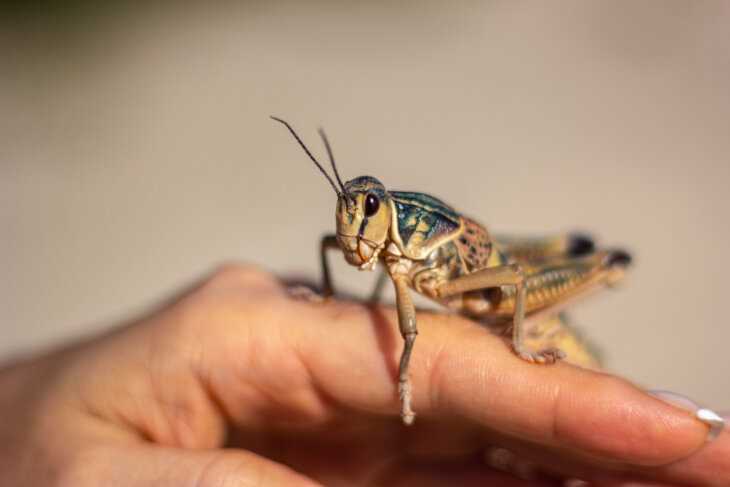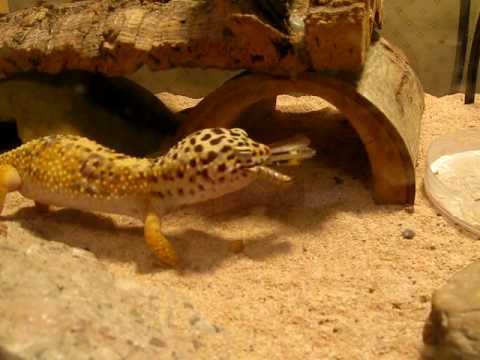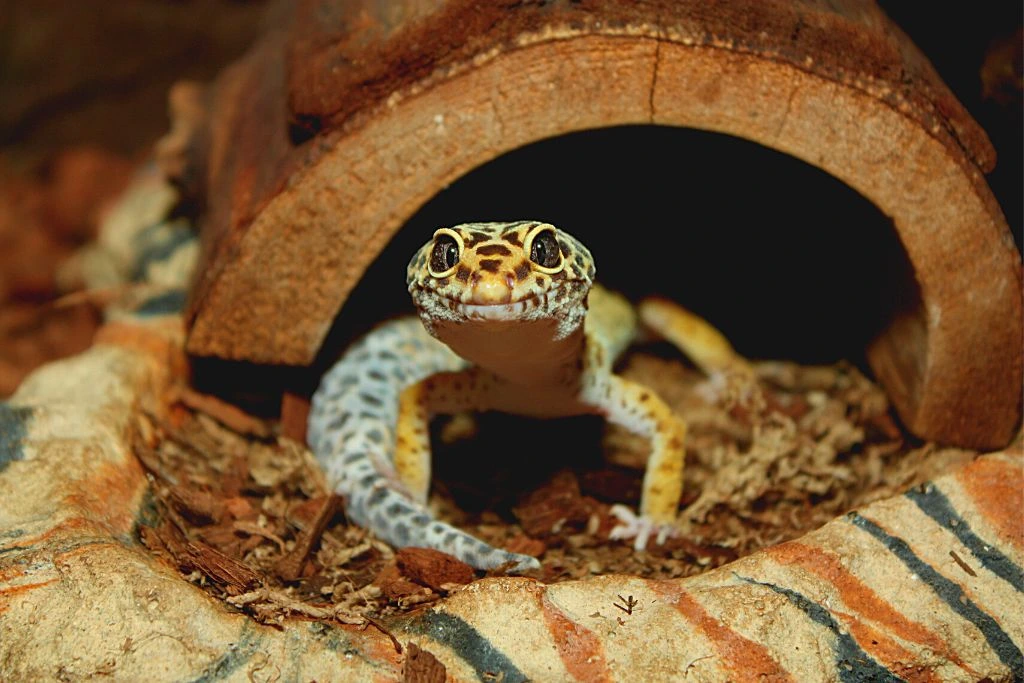
Grasshoppers are a fantastic source of protein and other essential nutrients for leopard geckos. They are rich in vitamins and minerals that are vital for the overall health and well-being of your gecko. By incorporating grasshoppers into their diet, you can provide your leopard gecko with a nutritious and balanced meal.
Benefits of Grasshoppers for Leopard Geckos
Dietary Variety: Adding grasshoppers to a leopard gecko’s diet can provide them with a much-needed change in their menu. Offering a diverse range of insects ensures that leopard geckos receive all the necessary nutrients they require for optimum health.
Nutritional Value: Grasshoppers are rich in protein, which is essential for the growth and development of leopard geckos. Protein helps in building muscle, repairing tissues, and supporting overall immune function. Additionally, grasshoppers are a good source of vitamins and minerals that contribute to the overall well-being of leopard geckos.
Enrichment: Feeding grasshoppers to leopard geckos can provide them with mental and physical stimulation. The act of hunting and capturing live prey replicates their natural hunting instincts and keeps them active and engaged. This enrichment is vital for their overall welfare and contributes to a healthy and happy leopard gecko.
Full of Hydration: Grasshoppers have a high water content, which can be beneficial for leopard geckos. While leopard geckos do not require as much water as other reptiles, their hydration needs can be met partially through the consumption of water-rich insects like grasshoppers.
Digestive Health: The exoskeleton of grasshoppers provides leopard geckos with a source of dietary fiber. This fiber aids in maintaining proper digestion and preventing potential digestive problems such as impaction. A healthy digestive system ensures leopard geckos can efficiently convert their food into energy.
How to Feed Leopard Geckos Grasshoppers

1. Choose Right Size
2. Source Quality Grasshoppers
3. Gut-Loading
Prior to feeding grasshoppers to leopard geckos, it is recommended to gut-load them. Gut-loading refers to feeding the grasshoppers a nutritious diet for at least 24 hours before offering them to the gecko. This ensures that the gecko receives optimal nutrition from the grasshoppers. Leafy greens, fruits, and commercial gut-loading diets can be used to feed the grasshoppers.
4. Dust the Grasshoppers
5. Feeding Frequency
| Caution: |
|---|
By following these guidelines, you can ensure that leopard geckos receive a well-rounded diet that includes grasshoppers as an essential component of their nutrition. Proper feeding practices contribute to the overall health and longevity of leopard geckos.
Precautions When Feeding Grasshoppers to Leopard Geckos
1. Size of the Grasshoppers

2. Source of Grasshoppers
It is crucial to choose a reliable source for the grasshoppers you feed to your leopard gecko. Avoid collecting grasshoppers from your yard or other areas where they may have been exposed to pesticides or other harmful substances. Instead, purchase grasshoppers from pet stores or online retailers that specialize in providing feeder insects for reptiles.
3. Gut Loading
Prior to feeding the grasshoppers to your leopard gecko, it is advisable to gut load them. Gut loading involves feeding the grasshoppers with nutrient-rich foods such as fresh greens, fruits, or commercial gut loading products. This will enhance the nutritional value of the grasshoppers, ensuring that your gecko receives a well-rounded diet.
4. Quarantine
Before introducing grasshoppers into your leopard gecko’s diet, it is recommended to quarantine them for a short period of time. This helps to prevent the introduction of any potential parasites or diseases to your gecko. Keep the grasshoppers in a separate container and observe them for a few days to ensure they are healthy before feeding them to your gecko.
5. Supervision
| Summary: |

I’m Lena Adams—a product of an unconventional upbringing in the African wilderness. My father, a daring explorer of African wildlife, sparked my fascination with reptiles, a passion that intertwined with the tragic loss of my mother during an expedition, leaving an indelible mark on my life. Driven to understand the creatures that captivated my parents, I embarked on my journey, sharing insights about reptiles, frogs, and lizards on my website. Through my explorations and conservation efforts, I honour my family’s legacy while seeking connections—to the creatures, nature, and the mother whose presence I yearn to understand.
